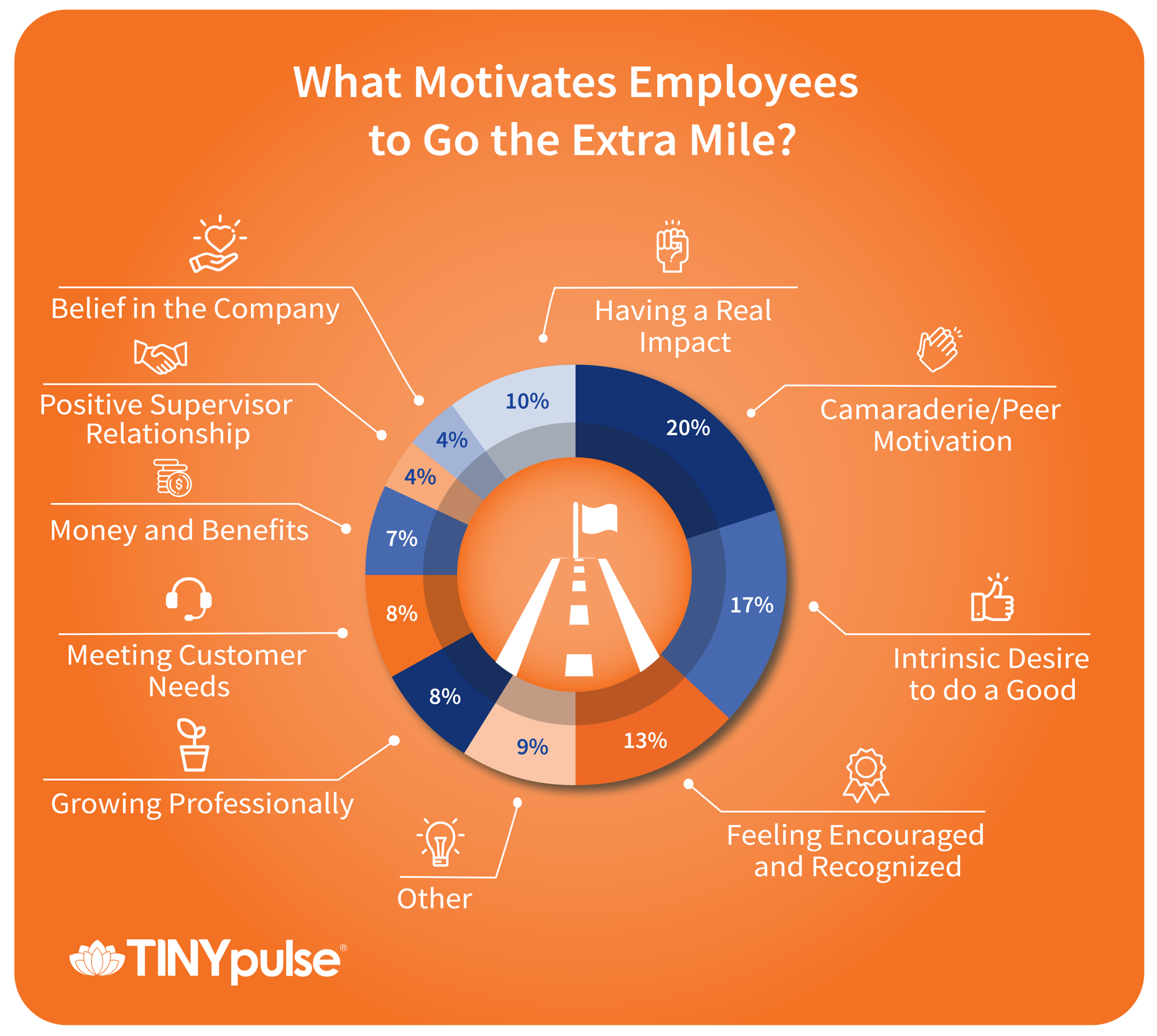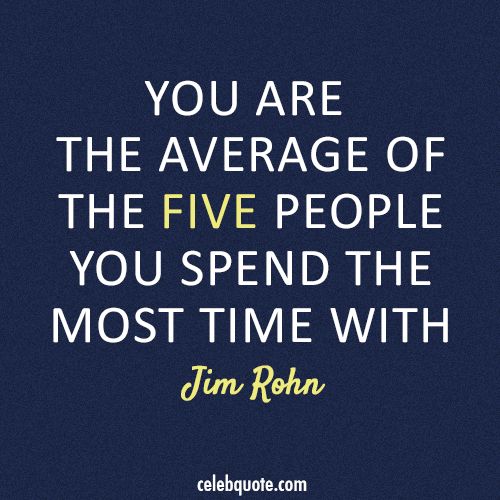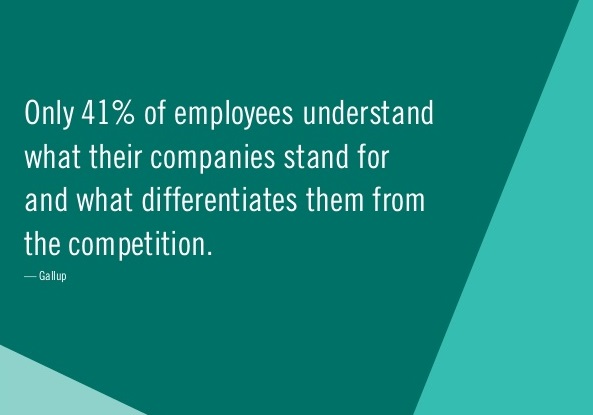3 Strategies to Motivate Employees at Work
by Parth Shah posted on 26th February 2019 1 0
I was always keen on understanding what drove employees at work. My study brought me to a very interesting report. The report was primarily a study on employee motivation carried out by TinyPulse - a company known for its employee engagement surveys.
On analyzing over two lac anonymous employees, they derived at the list of factors (Presented in the graphical chart below) that actually motivated employees at work and led them to go an extra mile to achieve something.

It is quite surprising to note that the weighting given to "Money & benefits" as a motivation-factor by employees was 7% ONLY. This may not be the exact same in an Indian context but surely disrupts our assumption.
While we predominantly think that external rewards are one of the key factors in pushing the employee to get more done, the study shows otherwise.
Does this mean we should reverse our reward structures to motivate them?
Well, I don't think so. Money can really motivate the employees but to some level. Here's what can motivate them further from a long term perspective.
Let's talk about the TOP THREE motivators (from the Graph above) and how working on these factors can become a game changer for any organization as far as employee's motivation is considered.
1. Hire predominantly motivated people
The factor that Top's the list of factors that motivate employees is camaraderie/peer motivation. You might want to ask "why would people around me have such a strong influence over my motivation level?"
That's because of the mutual trust and friendship we have built with them over a period of time. Whether or not we like it, we as humans are largely influenced by the company we choose. Hence, In today's work environment, the impact of peers is too great to ignore.

Now that we know that the people we hire influences us the most, how do we ensure they will ‘motivate’ others? The answer is as simple as this. It's been said, "If you want shiny, happy people, then hire shiny, happy people."
The team you build over a period of time matters the most. So you must intentionally find employees who are predominately (and sincerely) motivated and do not require much push from the outside. Imagine, even a few such employees can significantly bring up the motivation level of others in the organization working around them.
2. Share company's purpose with your employees
If the employee is aware of what he or she is working towards from the wider perspective of the organization, they are likely to be more aligned with the organization's purpose and will somewhere know what they are doing is rightfully making a contribution out there or doing good. (Refer to the second most ranked factor on the pie chart)

By purpose, I don't mean any purpose. The purpose that drives you to work and why you do what you do. If you are the HR manager, you can have your own purpose, but its good to have the organization's purpose aligned in the message that is shared with the employees.
The best thing to do is keep sharing about the vision and what do you plan to achieve in the next six to twelve months in an email memo to your employees. It's even better to have your “vision & mission statement” framed at the reception or walking passage & have it appear in the website's ‘about us’ page.
If you are not the owner but a manager or an HR manager, you can consider this as a part of your responsibilities to get the management to define it, as you now know that it statistically affects employee's motivation.
You can know more about how to define and articulate your purpose here.
3. Play the game of appreciation
“The deepest principle in human nature is the craving to be appreciated.” No doubt the third highest reason for employees to feel motivated at work is to be appreciated, valued and encouraged by their management and peers.
‘The one thing I like about you’ game can make a winning difference while instantly uplifting the employee's morale and making the employee feel valued and recognized within the peers and in the company.
How do you Play?
1. Arrange a round table conference where everyone from the company or department/project come together and sit. Start with a few light, fun games that lighten the atmosphere and opens up everyone to mix.
2. Write chits with each employee's name and ask any employee to pick one chit. The employee has to share ‘one good thing’ that he/she genuinely appreciate about the person whose name in written in the chit.

3. Pass the bowl of chits until everyone is covered.
By the end of the game, you can simply ask the employees to share the quality they see of their peers without the help of chits. This way, every employee will see the qualities they admire in others around them also get inspired by receiving acknowledgment about their good work and qualities.
The Take Away
These simple acts, as mentioned above, can significantly uplift employee motivation and drive engagement at work. The first pie chart that talked about ‘the factors that motivated employees at work’ can give you more ideas about ways in which you can engage with them and create a work culture that truly motivates your employees.
Resources: Read the book Start with Why ‐ By Simon Sinek (Explains the importance of identifying the company's purpose in order to inspire others)
